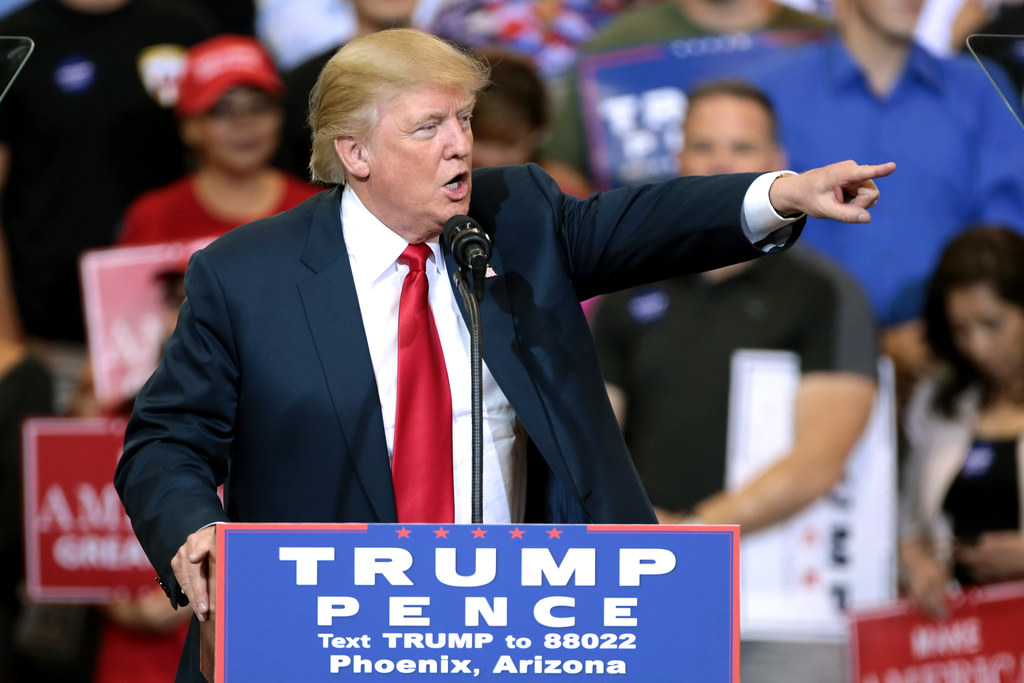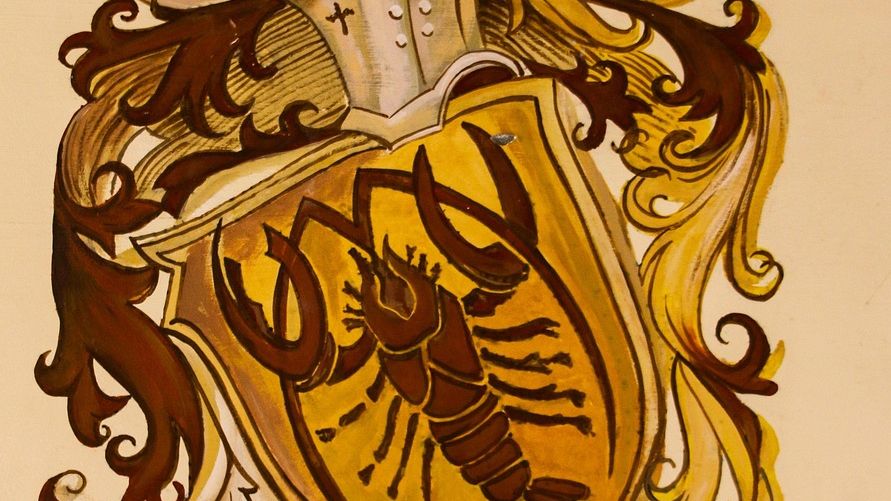
A Bold Start to the Second Term (Image Credits: Flickr)
In the heated corridors of power, where every word can spark a firestorm, one figure stands out for his unfiltered barbs that echo far beyond the usual partisan noise.
A Bold Start to the Second Term
Right out of the gate in 2025, President Trump didn’t hold back. He launched into a series of pointed criticisms aimed at opponents, from Democratic leaders to everyday critics, framing them as threats to the nation’s core. This approach grabbed headlines and rallied his supporters, but it also raised eyebrows about where the lines blur between tough talk and outright attacks.
Consider the immediate aftermath of key events, like the tragic killing of conservative activist Charlie Kirk. Trump used the moment to spotlight what he called left-wing extremism, yet he sidestepped broader condemnations of violence from all sides. Such selective outrage sets a tone that prioritizes narrative over nuance, keeping his base energized while critics scramble to respond.
Weaponizing the Bully Pulpit
Trump’s mastery of the platform comes from years of honing a style that’s direct and divisive. In 2025, this means executive actions that target perceived enemies, like sanctions on law firms accused of unethical ties to his rivals. These moves aren’t just words; they carry real weight, disrupting operations and sending a chill through professional circles.
Supporters see it as draining the swamp, a promise fulfilled. Detractors argue it’s retribution dressed as reform. Either way, the lack of swift legal checks allows these tactics to persist, turning the presidency into a megaphone for personal and political vendettas.
Escalating Against Institutions
Universities and media outlets haven’t escaped the crosshairs. Trump has pushed back against what he views as biased academia, with orders that probe funding and influence at places like Harvard. This isn’t new rhetoric, but in 2025, it pairs with tangible steps, like investigations into academic freedom that some lawmakers are now challenging in Congress.
The pattern repeats with federal agencies too. By reclassifying civil servants under old executive tools, he’s paving the way for loyalty tests. It creates an environment where dissent feels riskier, and that’s the point – quiet the opposition without a full courtroom battle.
The Violence Angle and Double Standards
Political violence has spiked this year, from attacks on ICE facilities to riots tied to ideological clashes. Trump rolled out a national strategy in September to combat what he labels domestic terrorism, focusing on anti-fascist groups and left-leaning agitators. It’s a comprehensive plan, complete with increased funding for law enforcement, but it notably omits scrutiny of right-wing extremism.
This one-sided lens draws fire from outlets like The New York Times, which point out how it ignores assaults on Democrats over the past year. Yet, in the echo chamber of social media and rallies, the message lands hard. Trump’s ability to frame the narrative shields him from balanced criticism, letting attacks on “enemies within” gain traction.
Media and Public Backlash – or Lack Thereof
Not every broadside sticks, but many do because of fragmented media landscapes. Conservative networks amplify his defenses, while mainstream coverage often debates the man rather than the method. In 2025, with trust in institutions low, voters tune out the noise, seeing Trump’s style as authentic grit.
Polls show his approval holding steady among Republicans, even as independents waver. The result? Minimal organized resistance. Protests like the “No Kings” rallies pop up, decrying authoritarian vibes, but they haven’t derailed his agenda. It’s a reminder that in polarized times, bold attacks can pass as leadership.
Legal Loopholes Keeping the Momentum
Executive power offers plenty of runway. Orders targeting specific groups, such as those hitting Perkins Coie for past election work, skirt direct constitutional violations by leaning on broad interpretations of national security. Courts move slowly, and with a sympathetic judiciary, challenges drag on.
Here’s a quick look at some key actions:
- September strategy against organized violence, boosting ICE protections amid a 1,000% rise in attacks.
- March sanctions on law firms, cutting federal ties and clearances.
- Ongoing probes into universities, framed as fighting “woke” indoctrination.
- Memorandums labeling certain protests as “left-wing terrorism.”
- Shutdown threats to pressure foes, as seen in early October budget fights.
These steps build a web of influence, making it tough for opponents to fight back effectively.
Long-Term Ripples for American Politics
As 2025 unfolds, Trump’s approach tests the guardrails of democracy. It normalizes attacks on fellow citizens, eroding civility and inviting copycats. Still, it energizes a movement that feels under siege, turning defense into offense.
The big question lingers: will this embolden more division, or spark a counterwave? History suggests resilience, but vigilance matters.
In the end, Trump’s success with these tactics highlights a fractured system where accountability lags behind ambition. It challenges us to rethink how we hold leaders to higher standards. What do you think – is this the new normal, or a phase we can push back against? Share your thoughts in the comments.
Key Takeaways:
- Trump’s 2025 attacks often frame critics as national threats, rallying support while dodging full scrutiny.
- Executive tools like sanctions and strategies provide legal cover, slowing opposition.
- Polarization mutes backlash, but rising violence could shift the conversation if addressed evenly.



